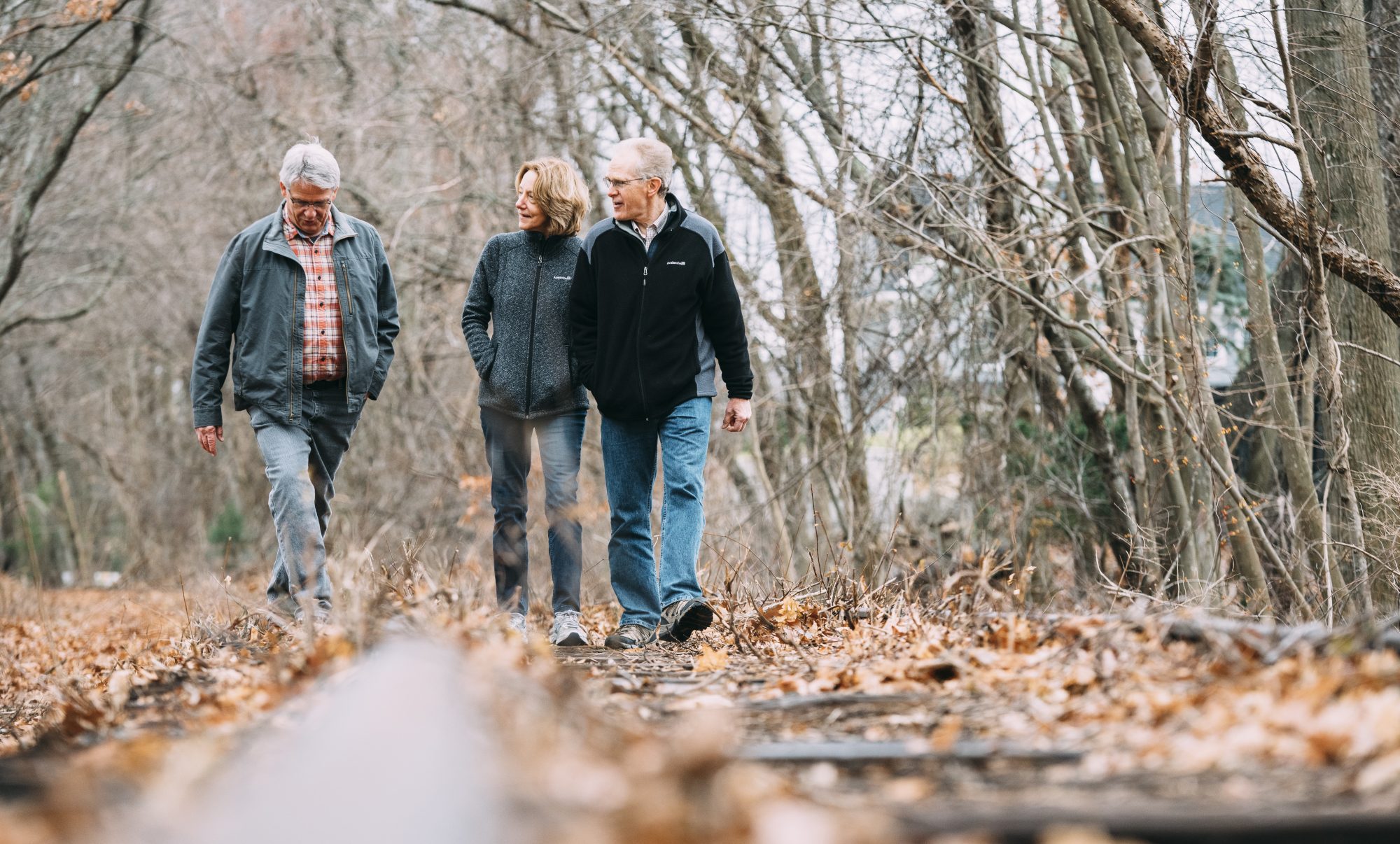LYNNFIELD — Voters may decide whether a rail trail should wind through town.
Details are being worked out for a non-binding referendum in April on whether to approve or stop the 4.4 mile Wakefield-Lynnfield Rail Trail.
“The trail has been controversial and having an advisory vote informs the Board of Selectmen of how residents feel,” said Board Chairman Richard Dalton.
If approved by the state, the ballot question would follow a Massachusetts Department of Transportation public hearing scheduled for February. At that time, the design team will present plans to convert the former Newburyport branch of the Boston and Maine Railroad to a 2.5-mile trail through Lynnfield.
The 10-foot-wide paved path would begin near the MBTA’s Wakefield commuter rail station, pass two Wakefield schools, travel under Route I-95 into Lynnfield, behind the middle school toward the Reedy Meadow Golf Course and high school to Peabody.
Even if voters were to greenlight the trail at the ballot box, money to pay for design and maintenance must be approved by voters at Town Meeting next year.
Cost for most of the $11 million project will be picked up by the state. The commonwealth has agreed to pay $10.2 million in construction costs, while Wakefield and Lynnfield will split the $675,000 bill for design. Lynnfield’s annual cost for maintenance and insurance will be $43,000 thanks to $100,000 grant raised by Friends of the Rail Trail and $250,000 earmarked for the Lynnfield’s portion of the project from the state’s bond bill.
Work on project recommended
Discussion of the ballot question comes on the heels of a report by the Recreational Path Committee which studied the project.
Appointed by the Board of Selectmen last year, the panel’s mission was to identify trail opportunities, assess potential for development, and study the feasibility of trail conversions.
In a 15-page report presented to the Board of Selectmen, the nine-member panel recommended continued work on the project, fine tuning taxpayer costs, and a search for funding to pay engineering fees.
“These are our unbiased findings,” said Gerard Noumi, board chairman.
Highlights of the study included possible locations, costs, funding sources, parking, best practices if contamination is found on the trail, and next steps.
The committee explored four potential Lynnfield options for linear tails, and concluded the plan to extend the trail from downtown Wakefield toward the Lynnfield/Peabody line using the MBTA’s abandoned railroad track is the only one that makes sense.
The survey identified more than 800 potential parking spaces from eight locations along the trail from the Galvin Middle School to Jordan Park.
The panel dismissed environmental concerns raised by some, noting Lynnfield has no history of spills or contamination. The report also noted the town’s lease with the MBTA requires environmental hazard insurance.
Last year, Town Meeting voters approved a measure allowing selectmen to enter into a lease agreement with the MBTA to use the abandoned railroad for the trail. The hotly debated article passed by a single vote.
In addition, the study said in a survey of 850 homeowners, the trail is favored by a 59 percent to 28 percent margin.
They concluded the trail will be safer following construction than it is today.
Also included in the proposal are safety improvements at road and railroad crossings, new signs and pavement markings, pedestrian and landscape enhancements, and screening from the trail for abutters.
Proponents, opponents lining up
Proponents say there are 180 trails in the Massachusetts from Abington to Yarmouth and Lynnfield should not lose out on millions in state funds to pay for it. They argue the trail improves public health through exercise, boosts the local economy, and accents community pride.
But not everyone is convinced Lynnfield needs a rail trail.
Citizens of Lynnfield Against the Rail Trail was organized in 2014 to oppose the project. They insist the path raises safety, financial, and environmental concerns.
Jill Jorgenson, a trail opponent who lives on Meservey Lane, said rather than remain neutral, the Recreational Path Committee has become advocates.
“They are being directed by the Friends of the Rail Trail,” she said.
The proposed trail is unlike others, she said, because it can be seen from the highway and will likely attract many users that will use already scarce parking.
“There would be no dedicated parking, they would take our parking spots at schools, and that creates a safety issue,” she said.
Still, Jorgenson acknowledged if there was parking reserved for path users, she would still oppose it.
She told the Board of Selectmen the trail will be part of a 3,000-mile route from New England to Florida.
“Our town will will be turned into an overcrowded tourist destination,” she said. “Is that what we want for the future of Lynnfield?”
Patricia Campbell, a frequent critic of town management, said she doubted the $8,000 annually budgeted to pay for maintenance is sufficient. She rejected the study’s finding that the town is without contaminants on the rail line.
She also expressed fear that the MBTA lease would allow the commonwealth to convert the trail to high speed rail sometime in the future.
“Isn’t it smart that they are getting all of the local communities to spend money to clean up the contamination and put in electric trains?” Campbell asked sarcastically. “After all, Route 128 isn’t going to last much longer because it’s already in gridlock.”

